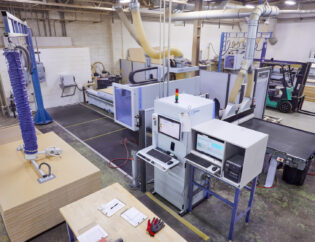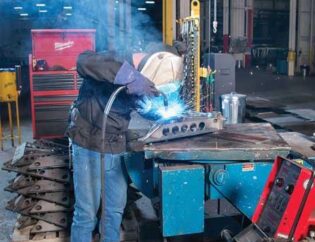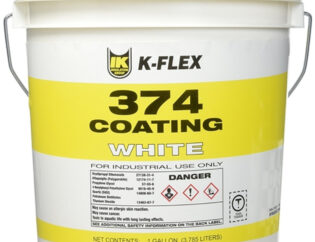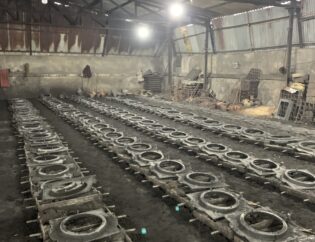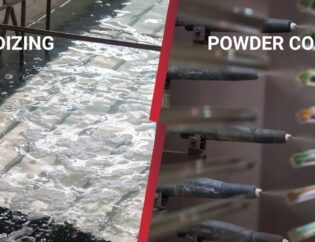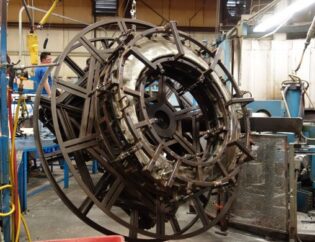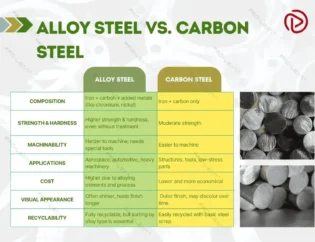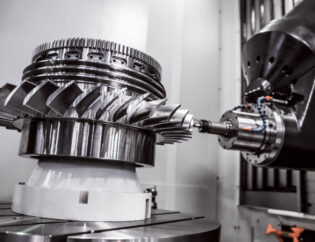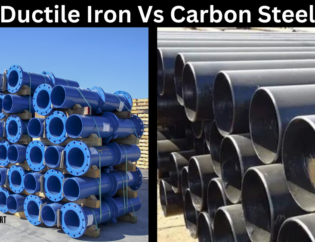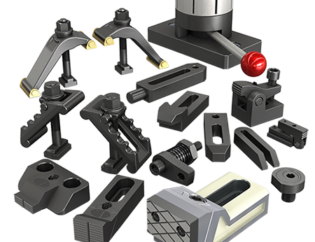Precision CNC machining is a cornerstone of modern manufacturing, enabling the creation of intricate parts with unparalleled accuracy. This guide delves into the intricacies of CNC machining, exploring its significance in various industries, from aerospace to medical devices. Understanding this technology is essential for engineers, manufacturers, and hobbyists alike, as it drives innovation and efficiency in production processes.
Readers can expect to learn about the fundamental principles of CNC machining, including the types of machines, tools, and materials involved. We will also cover programming techniques, best practices for setup, and maintenance tips to ensure optimal performance. By the end of this guide, you will have a comprehensive understanding of how precision CNC machining can enhance your projects and operations.
CNC Precision Machining: A Detailed Guide
Imagine a world where intricate designs and complex components are crafted with unparalleled precision and efficiency. This is the realm of CNC precision machining, a revolutionary technology that has transformed industries like aerospace, medical devices, and consumer electronics. At the heart of this transformation lies computer numerical control (CNC), seamlessly integrating advanced CAD/CAM software to automate and enhance the manufacturing process. This guide dives deep into the world of CNC precision machining, unraveling its definition, processes, and advantages over traditional methods. Explore how this technology ensures high precision, accuracy, and repeatability, and discover its critical applications across various sectors. Ready to uncover the secrets behind the cutting-edge machinery that is reshaping the manufacturing landscape? Let’s get started.
Understanding CNC Precision Machining
CNC precision machining refers to the process of creating components by cutting out and shaping raw materials. This subtractive manufacturing process utilizes Computer-Aided Design (CAD) and Computer-Aided Manufacturing (CAM) software to ensure high accuracy and efficiency. The precision achieved through CNC machining is essential for industries that require tight tolerances, such as aerospace and medical devices.
Technical Features of CNC Precision Machining
The technical features of CNC precision machining are crucial for understanding its capabilities. Below is a comparison table highlighting these features:
| Feature | Description |
|---|---|
| Precision | Achieves tolerances as tight as ±0.0002 inches (±0.005 mm). |
| Automation | Reduces human error through automated processes. |
| Material Versatility | Compatible with metals, plastics, and composites. |
| Complex Geometries | Capable of producing intricate designs and shapes. |
| Efficiency | High-speed production with reduced cycle times. |
| Repeatability | Consistent results across multiple production runs. |
Types of CNC Precision Machining
CNC precision machining encompasses various types of machines and processes. The following table outlines the different types of CNC machines used in precision machining:
| Type of Machine | Description |
|---|---|
| CNC Milling Machines | Use rotating cutters to remove material from stationary workpieces. |
| CNC Lathes | Rotate the workpiece while a stationary tool shapes it. |
| CNC Drilling Machines | Utilize rotating drill bits to create holes in materials. |
| Electrical Discharge Machining (EDM) | Uses electrical sparks to shape hard materials. |
| CNC Plasma Cutters | Employ a high-temperature plasma beam to cut conductive materials. |
| CNC Grinding Machines | Use abrasive wheels to achieve fine finishes and high precision. |
The CNC Precision Machining Process
The CNC precision machining process involves several key steps, each critical to achieving the desired outcome.
- Design and CAD Modeling: Engineers create detailed 3D models using CAD software, defining dimensions and tolerances.
- CAM Programming: The CAD model is converted into G-code using CAM software, which instructs the CNC machine on how to operate.
- Machine Setup: The CNC machine is calibrated, and the workpiece is securely mounted.
- Machining Execution: The CNC machine follows the programmed instructions to cut, shape, or drill the material.
- Post-Processing: Additional finishing operations, such as grinding or polishing, may be performed to meet specific surface quality requirements.
Applications of CNC Precision Machining
CNC precision machining is widely used across various industries due to its ability to produce high-quality components. Some notable applications include:
– Aerospace: Manufacturing critical components like engine parts and landing gear.
– Medical Devices: Producing implants and surgical instruments that require high precision.
– Automotive: Creating custom parts and prototypes for vehicles.
– Electronics: Fabricating small, intricate components for consumer electronics.
Advantages of CNC Precision Machining
CNC precision machining offers numerous advantages over traditional machining methods:
– High Precision and Accuracy: CNC machines can maintain extremely tight tolerances, ensuring parts fit and function correctly.
– Efficiency and Consistency: Automated processes enhance production efficiency and ensure uniformity across multiple runs.
– Versatility in Material Use: CNC machines can work with a wide range of materials, from metals to plastics.
– Reduced Lead Times: The automation and speed of CNC machines allow for quicker turnaround times from design to production.
Conclusion
CNC precision machining is a cornerstone of modern manufacturing, providing the ability to produce high-quality, precise components across various industries. Its integration of advanced technology, such as CAD and CAM, allows for intricate designs and efficient production processes. As industries continue to evolve, the demand for CNC precision machining will only grow, making it an essential aspect of manufacturing.
FAQs
Related Video
What is CNC precision machining?
CNC precision machining is a manufacturing process that uses computer-controlled machines to create parts with high accuracy and tight tolerances.
How accurate can CNC machines be?
CNC machines can achieve tolerances as tight as ±0.0002 inches (±0.005 mm), making them suitable for applications requiring high precision.
What materials can be used in CNC precision machining?
CNC precision machining can work with a variety of materials, including metals, plastics, and composites.
What are the main advantages of CNC precision machining?
The main advantages include high precision, efficiency, versatility in material use, and reduced lead times.
In which industries is CNC precision machining commonly used?
CNC precision machining is commonly used in aerospace, medical devices, automotive, and electronics industries.

